Albrecht Altdorfer

Albrecht Altdorfer (c. 1480 - February 12, 1538) was a German painter, engraver and architect of the Renaissance working in Regensburg. Along with Lucas Cranach the Elder and Wolf Huber he is regarded to be the main representative of the so-called Danube School setting biblical and historical subjects against landscape backgrounds of expressive colours. As an artist also making small intricate engravings he is seen to belong to the Nuremberg Little Masters.
Altdorfer was born in Regensburg or Altdorf around 1480.
He acquired an interest in art from his father, Ulrich Altdorfer, who was a painter and miniaturist. At the start of his career, he won public attention by creating small, intimate modestly scaled works in unconventional media and with eccentric subject matter. He settled in the free imperial city of Regensburg, a town located on the Danube River in 1505, eventually becoming the town architect and a town councillor. His first signed works date to c. 1506, including engravings and drawings such the Stygmata of St. Francis and St. Jerome. His models were niellos and copper engravings from the workshops of Jacopo de Barbari and Albrecht Dürer.
Around 1511 or earlier, he travelled down the river and south into the Alps, where the scenery moved him so deeply that he became the first landscape painter in the modern sense, making him the leader of the Danube School, a circle that pioneered landscape as an independent genre, in southern Germany. From 1513 he was at the service of Maximilian I in Innsbruck, where he received several commissions from the imperial court. During the turmoil of the Protestant Reformation, he dedicated mostly to architecture; paintings of the period, showing his increasing attention to architecture, include the Nativity of the Virgin.
In 1529 he executed The Battle of Alexander at Issus for Duke William IV of Bavaria. In the 1520s he returned to Regensburg as a wealthy man, and became a member of the city's council. He was also responsible for the fortifications of Regensburg.
In that period his works are influenced by artists such as Giorgione and Lucas Cranach, as shown by his Crucifixion. In 1535 he was in Vienna. He died at Regensburg in 1538.
The remains of Altdorfer's surviving work comprises 55 panels, 120 drawings, 125 woodcuts, 78 engravings, 36 etchings, 24 paintings on parchment, and fragments from a mural for the bathhouse of the Kaiserhof in Regensburg. This production extends at least over the period 1504–1537. He signed and dated each one of his works.
Complete list of Albrecht Altdorfer's oil paintings
- Aix-en-Chapel Altarpiece French painter, 1480-1520
- Albani, Francesco Italian Baroque painter, 1578-1660
- Albertinelli, Mariotto Italian, 1474-1515
- Abbott, Lemuel Francis England, 1760-1802
- Abels, Jacobus Theodorus Dutch painter, 1803-1866
- Alexander, John White American, 1865-1915
- Allori, Cristofano Italian portrait painter, 1577-1621
- Allston, Washington American, 1779-1843
- Alt, Jakob German painter and lithographer, 1789-1872
- Altichiero Italian, approx. 1330-1385
- Alvarez, Mabel American, 1891-1985
- Bouchet, Auguste France, 1831-1889
- Abel-Truchet, Louis France, 1857-1918
- Absolon, John England, 1815-1895
- Achen, Georg Nicolaj Denmark, 1860-1912
- Achenbach, Andreas Germany, 1815-1910
- Achenbach, Oswald Germany, 1827-1905
- Acke, Johan Axel Gustaf Swedish painter, 1859-1924
- Adam, Albrecht Germany, 1786-1862
- Adam, Benno German painter, 1812-1892
We can do all styles and subjects: People, Landscape, Still life, Portrait, Impressionism, Abstract, classical paintings, Seascapes, Cityscapes, romantic sceneries, flowers, fruits, winebottle, animals, horse, monkey, tiger, dog, chicken, and modern oil paintings, religious paintings, art deco, POP art, oil painting with figures and nudes, contemporary artworks, realistic paintings by photo. Choose best material for all oil paintings, Attractive image and vivid color, assured quality.
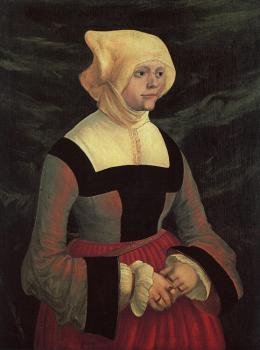
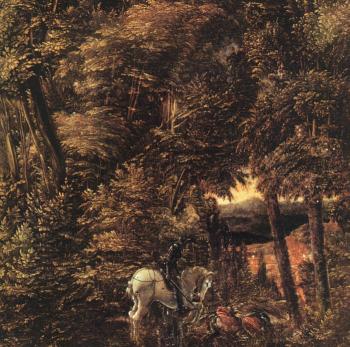
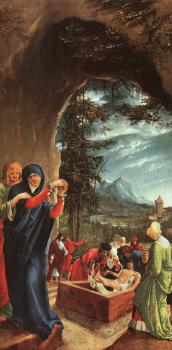
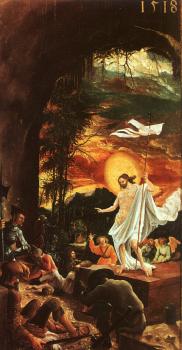
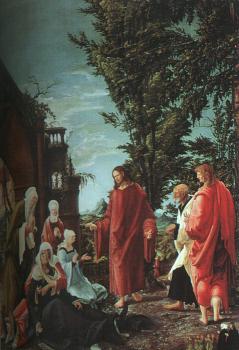
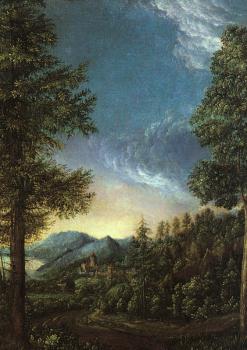
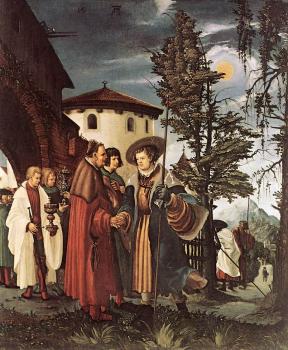


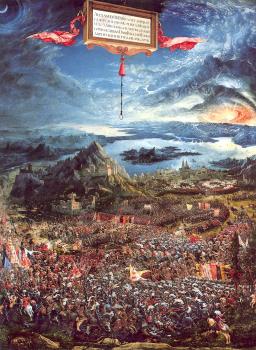
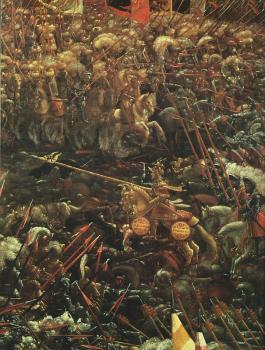
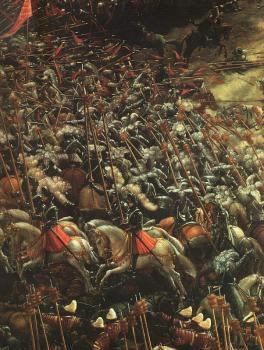
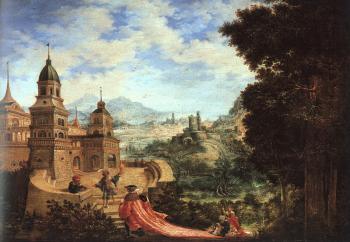
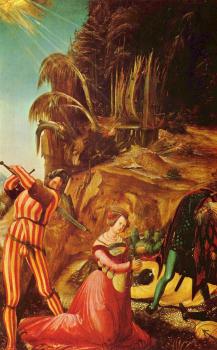
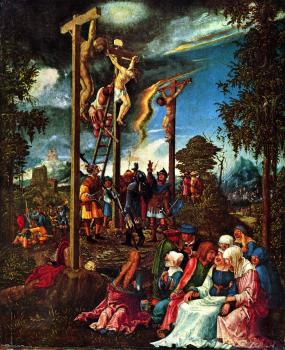
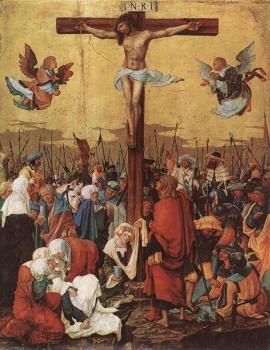
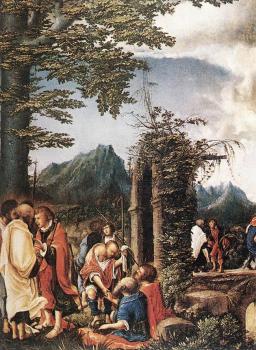
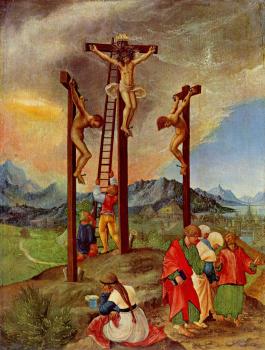
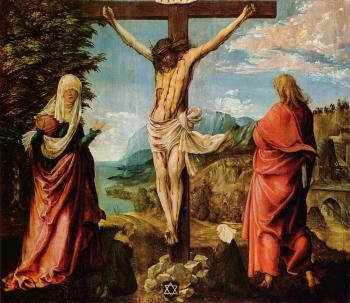
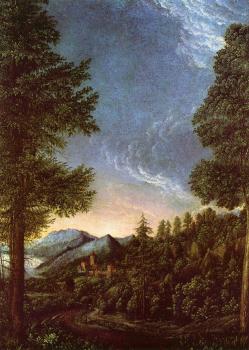
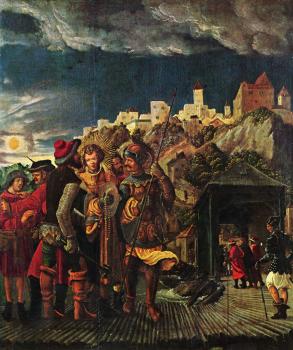
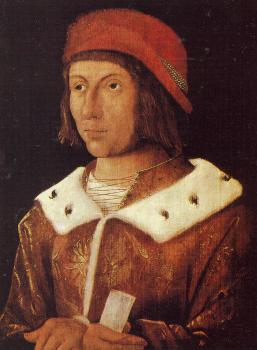
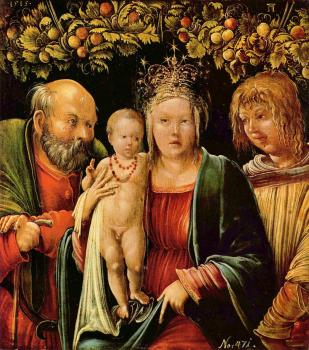
.jpg)
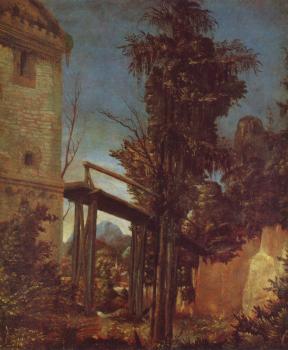

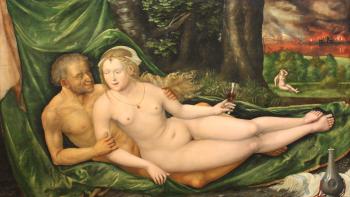
.jpg)
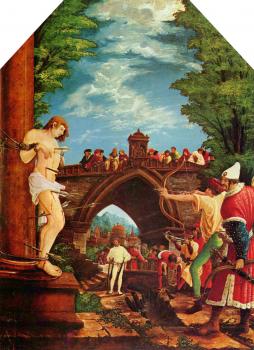
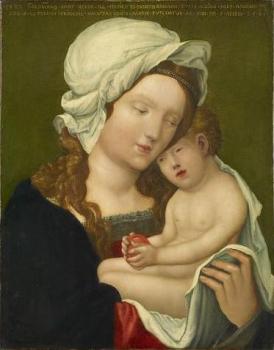
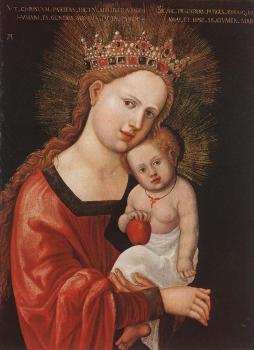
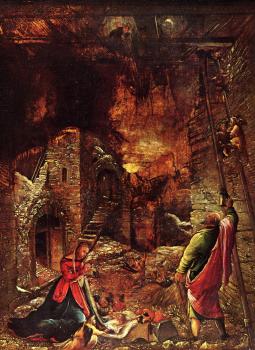
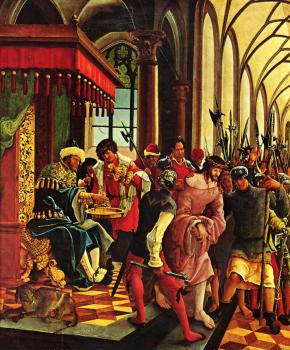
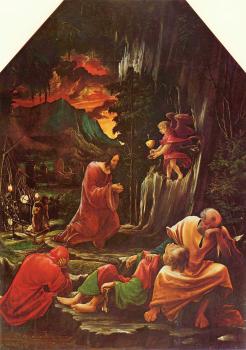
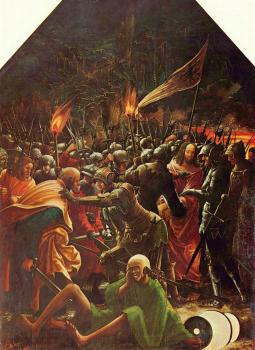
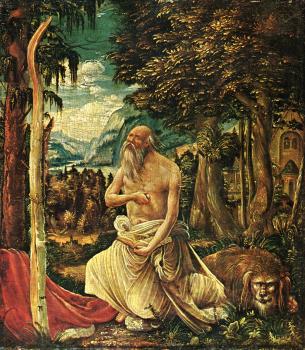
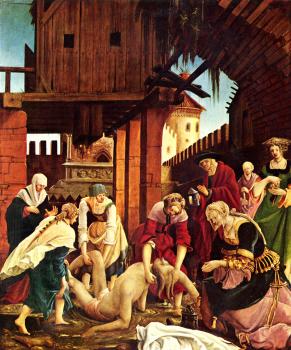
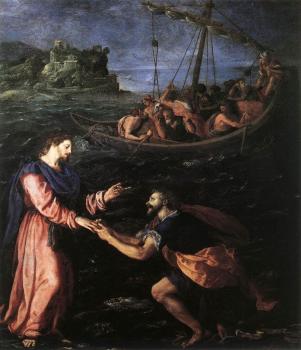
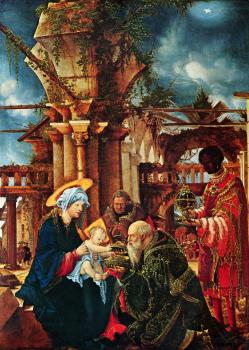
.jpg)